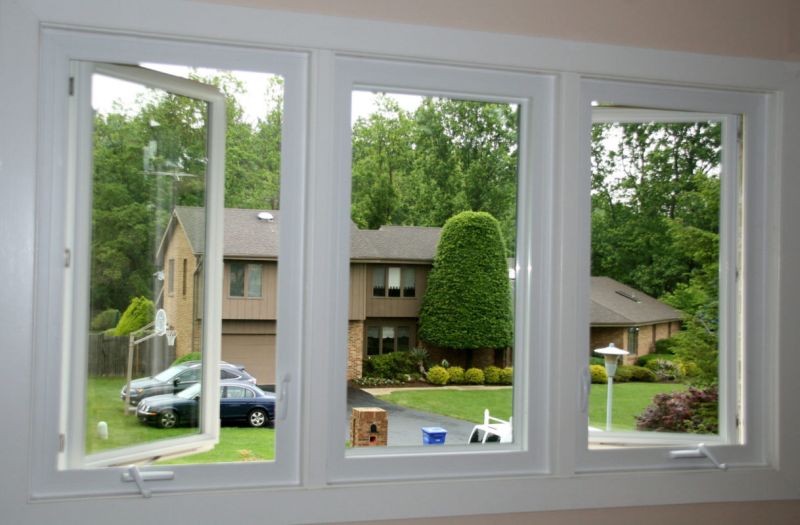Telecommunications have revolutionized the way we connect and communicate in the modern world. As technology continues to advance, the need for faster and more efficient data transmission becomes increasingly important. Traditional methods of transmitting data through copper wires have limitations, and scientists and engineers have been tirelessly exploring alternative solutions. One breakthrough technology that shows immense promise is fast glass, a cutting-edge innovation that has the potential to reshape the future of telecommunications.
Introduction: The Need for Faster Telecommunications
In today’s interconnected world, the demand for high-speed data transmission has reached unprecedented levels. From streaming high-definition videos to conducting real-time video conferences, reliable and fast communication is vital. Traditional copper-based transmission methods, such as coaxial cables, have their limitations, including signal degradation over distance and susceptibility to electromagnetic interference. This necessitates the development of new technologies that can surpass these limitations and provide faster and more efficient telecommunications solutions.
What is Fast Glass?
Fast glass, also known as photonic glass or photonic crystal fiber, is a revolutionary type of optical fiber that offers unprecedented transmission capabilities. Unlike traditional optical fibers, fast glass utilizes a unique structure comprising tiny air holes running through the length of the fiber. These air holes, also known as capillaries, allow for the confinement and propagation of light in a highly controlled manner.
The Science Behind Fast Glass
The key to the exceptional performance of fast glass lies in its ability to guide light through an optimized path with minimal loss. The capillaries in the fiber core enable precise control over the light’s propagation, allowing it to travel with minimal dispersion and attenuation. This unique structure enables fast glass to achieve ultra-low signal loss, high bandwidth, and high-speed data transmission capabilities.
Advantages of Fast Glass in Telecommunications
Fast glass offers several advantages over traditional transmission mediums, making it an ideal candidate for future telecommunications networks. Here are some notable benefits:
1. Unprecedented Speeds
Fast glass enables data transmission at speeds beyond what is currently achievable with traditional optical fibers. Its unique design minimizes signal loss and allows for high-bandwidth communication, enabling faster data transfer rates.
2. Increased Bandwidth
With the ever-growing demand for data-intensive applications, fast glass provides a substantial increase in bandwidth capacity. This means telecommunication networks can handle more data simultaneously, resulting in improved performance and reduced congestion.
3. Enhanced Reliability
The advanced design of fast glass significantly reduces signal degradation and susceptibility to external interference. This leads to more reliable communication networks that are less prone to disruptions, ensuring a seamless experience for end-users.
4. Long-Distance Transmission
Fast glass exhibits exceptional transmission properties, even over long distances. The minimal signal loss and low dispersion characteristics allow data to be transmitted over thousands of kilometers without significant degradation, making it suitable for long-haul communication links.
Applications of Fast Glass in Telecommunication Networks
The potential applications of fast glass in the field of telecommunications are vast and diverse. Here are a few areas where this technology can make a significant impact:
1. Data Centers and Cloud Computing
Fast glass can revolutionize data center interconnectivity, allowing for faster data transfer between servers and storage systems. This technology can also enhance cloud computing capabilities by enabling rapid and reliable transmission of massive amounts of data.
2. High-Speed Internet
Fast glass can serve as the backbone of high-speed internet infrastructure. By incorporating this technology into fiber optic networks, internet service providers can offer faster and more reliable internet connections to homes and businesses.
3. 5G and Beyond
The advent of 5G technology brings forth new challenges in terms of data transmission speed and capacity. Fast glass can play a crucial role in supporting the demands of 5G networks by providing the necessary bandwidth and low latency required for seamless connectivity.
4. Scientific Research and Exploration
Fast glass can be instrumental in scientific research and exploration, particularly in fields such as astronomy and physics. Its ability to transmit data over long distances without degradation makes it an invaluable tool for collecting and analyzing information from distant celestial bodies or remote research stations.
Overcoming Challenges: Implementing Fast Glass Technology
While fast glass holds immense potential, there are several challenges that need to be addressed for its widespread implementation. These challenges include:
Manufacturing Costs: The production of fast glass fibers can be complex and expensive, requiring specialized equipment and techniques. Lowering manufacturing costs will be crucial for widespread adoption.
Compatibility: Integrating fast glass technology with existing telecommunications infrastructure and devices poses compatibility challenges. Ensuring seamless integration will be vital for successful implementation.
Standardization: Developing industry standards for fast glass technology will facilitate interoperability and promote its adoption across various telecommunications sectors.
Scalability: As demand for faster telecommunications continues to grow, fast glass technology must demonstrate scalability to meet the increasing bandwidth requirements of future networks.
Future Prospects and Potential Limitations
The future of fast glass in telecommunications is promising. Continued research and development efforts aim to overcome the existing limitations and refine the technology further. With advancements in manufacturing techniques, cost reductions, and improved compatibility, fast glass could become a ubiquitous component of future telecommunications networks.
However, it is essential to acknowledge that the adoption of any new technology comes with its own set of challenges and limitations. Ongoing research will address these concerns and pave the way for a more efficient and interconnected world.
Conclusion
Fast glass represents a revolutionary advancement in the field of telecommunications. With its unprecedented speed, increased bandwidth, and enhanced reliability, it has the potential to shape the future of communication networks. From data centers to high-speed internet infrastructure and scientific research, fast glass can unlock new possibilities and drive innovation in various sectors. While challenges exist, ongoing research and development will help overcome these obstacles, making Fast Glass Colorado an integral part of the telecommunications landscape.












